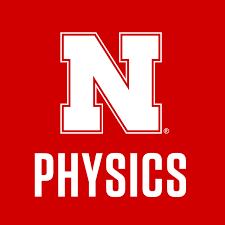
The Physics department has multiple student job opportunities to program content for augmented reality run on Oculus 3 headsets. The programming languages used are C-sharp and Unity. We pay $15/h and the hours per week are negotiable. Please contact Dr. Herman Batelaan, hbatelaan2@unl.edu if you are interested.
Below are projects that are available to work on starting immediately:
Make Archie walk. Archie is the well-known Mammoth at Morrill Hall Museum. The objective of this project is to write code to "dress-up" Archie's skeleton, make him walk of his platform, and back again. Our starting point will be Mammoth models that are available online that already have the different model layers. We intend to cast the headset wearer's view with a projector on a wall. We will buy an appropriate projector for this purpose after testing on a small monitor.
Magnetic Earth. Make a model Earth with tectonic plate drifts. Include the Earth magnetic field (this we already have AR-content for). Now as the Earth magnetic field changes polarity, the regions adjacent to the mid-atlantic ridge freeze-in their magnetic polarity. This should be indicated with color coded bands on the Earth model. The virtual content can be combined with a real magnet and magnet sensors. These latter devices are already available.
Data-In, Data-Out. We have hooked up an Arduino to a headset and can operate a real switch with virtual controls. The project is to add data input from a sensor and display it at the correct location. For example, in one of our AR-content projects, a virtual laser beam overlaps a real laser beam. Now place a heat sensor in the path of the laser beam. The Heat sensor will get hotter. Data from the sensor will be sent to the headset and this will project a spot of changing color indicating temperature on the spot where the laser hits the heat sensor. At the same time there will be a virtual control that will operate a real switch in the path of the laser, so that the laser can be blocked from hitting the heat sensor.
Laser Eye Surgery. Propagate a virtual laser pulse through space. And overlap this with a real laser beam in the lab. This we already have. Now add a soccerball-sized model of a human eye, where the laser pulse enters into the eye and is focused on the retina to do laser surgery. This project support research by Prof. Uiterwaal and is in collaboration with UNMC.
Please suggest a new project. The condition for any project to be approved is that the intended results will support future funding for the next generation of students, or educational projects, or start-up businesses.